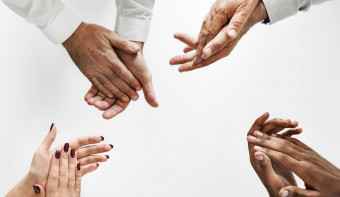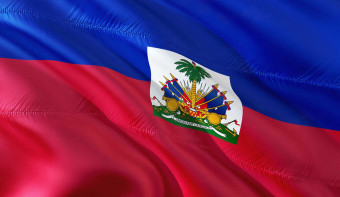About LGBT History Month
For the month of October, LGBT History Month is used to recognize historical icons that have had an impact on the fight for lesbian, gay, bisexual and transgender rights over decades of history as well as members of the community that have made great contributions towards humanity in general.
LGBT History Month is not to be confused with LGBT Pride Month in June, which was started to commemorate the Stonewall Riots of 1969.
In 1994, Rodney Wilson, a teacher at a Missouri high school, believed that a month should be devoted to the learning and celebration of LGBT history and chose October for two main reasons.
The first is that school would be in session, providing schools with the opportunity to connect with students about this specific history.
The second is due to existing traditions such as National Coming Out Day on October 11th and planned around the first two marches on Washington for lesbian and gay rights back in 1979 and 1987 in the same month of October.
Another reason for this month lies in the need for role models to be shown to people who have never heard of them before.
Visibility in the media is an important topic when it comes to minority groups. From Moonlight, a movie about a young gay and black man growing up in Miami, winning an Academy Award in 2016 to artists like Lil Nas X breaking down cultural barriers as a black gay man in country music.
This also includes the importance of acknowledging historical figures that were part of the LGBT community, such as Alan Turing who broke the Enigma Code the Nazis used in World War II.
Similar Observances
Asian American and Pacific Islander Heritage Month
Read More
Other Observances on October 1st 2025
Breast Cancer Awareness Month
Read More
International Raccoon Appreciation Day 🦝
Read More










